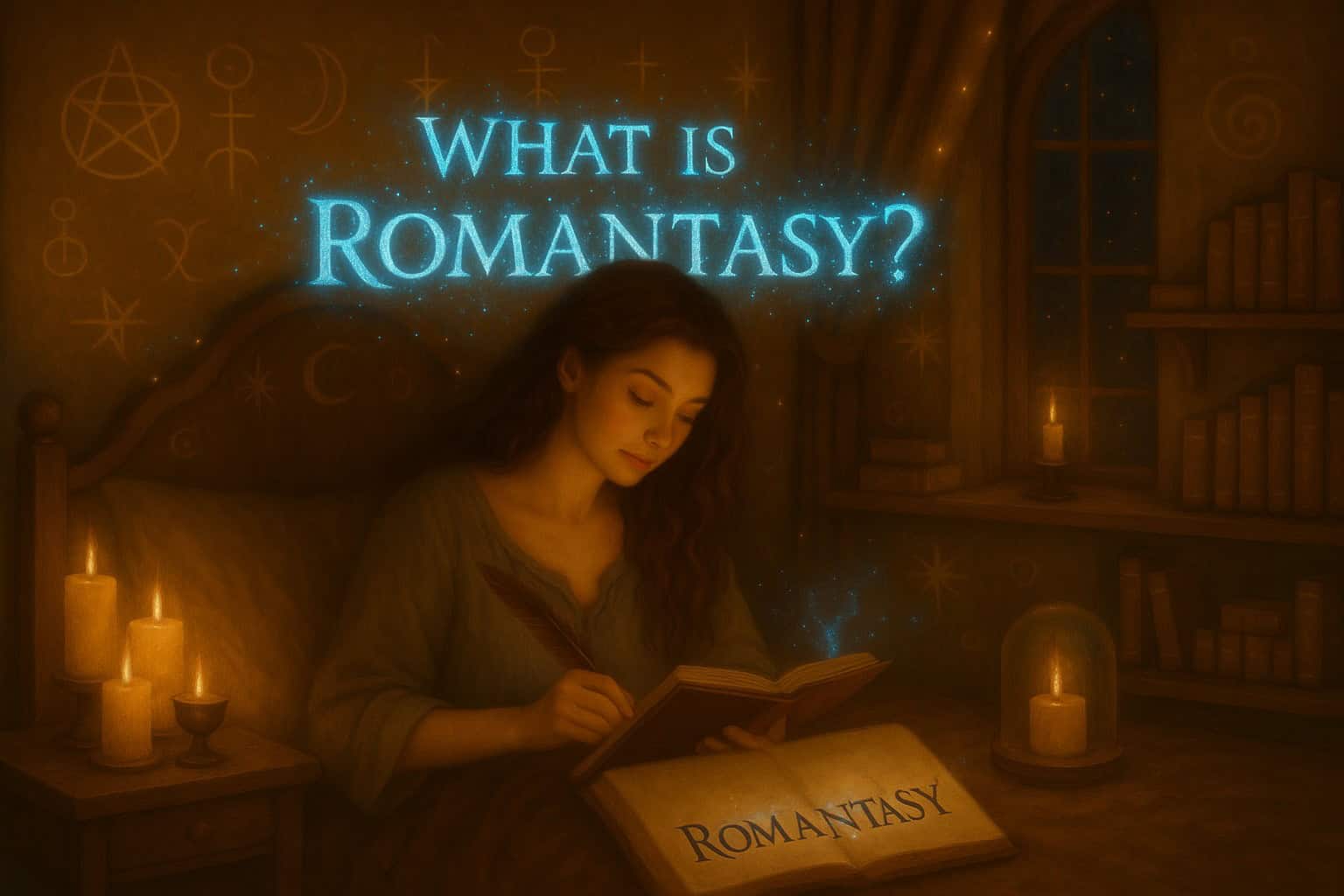Are you struggling to understand what is romantasy and why it’s everywhere lately? This popular blend of fantasy elements and love stories has taken social media platforms by storm in 2023–2024.
In this post, you’ll learn simple ways to write gripping romantasy novels that captivate readers, plus trends coming your way in 2025. Keep reading for tips that work.
Key Takeaways
Romantasy mixes fantasy with romance—think magical battles that spark romances, like in “Fourth Wing” by Rebecca Yarros, and many stories from Sarah J. Maas.
Science fiction and fantasy book sales soared 41.3% between 2023 and 2024, with TikTok’s BookTok community driving romantasy sales up by 500 to 800%.
Popular romantasy themes include opposite-personality couples, forbidden romance between enemy kingdoms or different fantasy races, and heroes chosen for great tasks who still find time for love.
Adult romantasy usually has explicit scenes and deeper, more mature topics; characters are commonly 18 or older, compared to teens about 14 to 18 in YA romantasy.
By 2025, romantasy will branch out to fresh sub-genres—like eco-romantasy and tech-based romantasy—with characters and worlds far more diverse than traditional medieval settings.
Table of Contents
Defining Romantasy
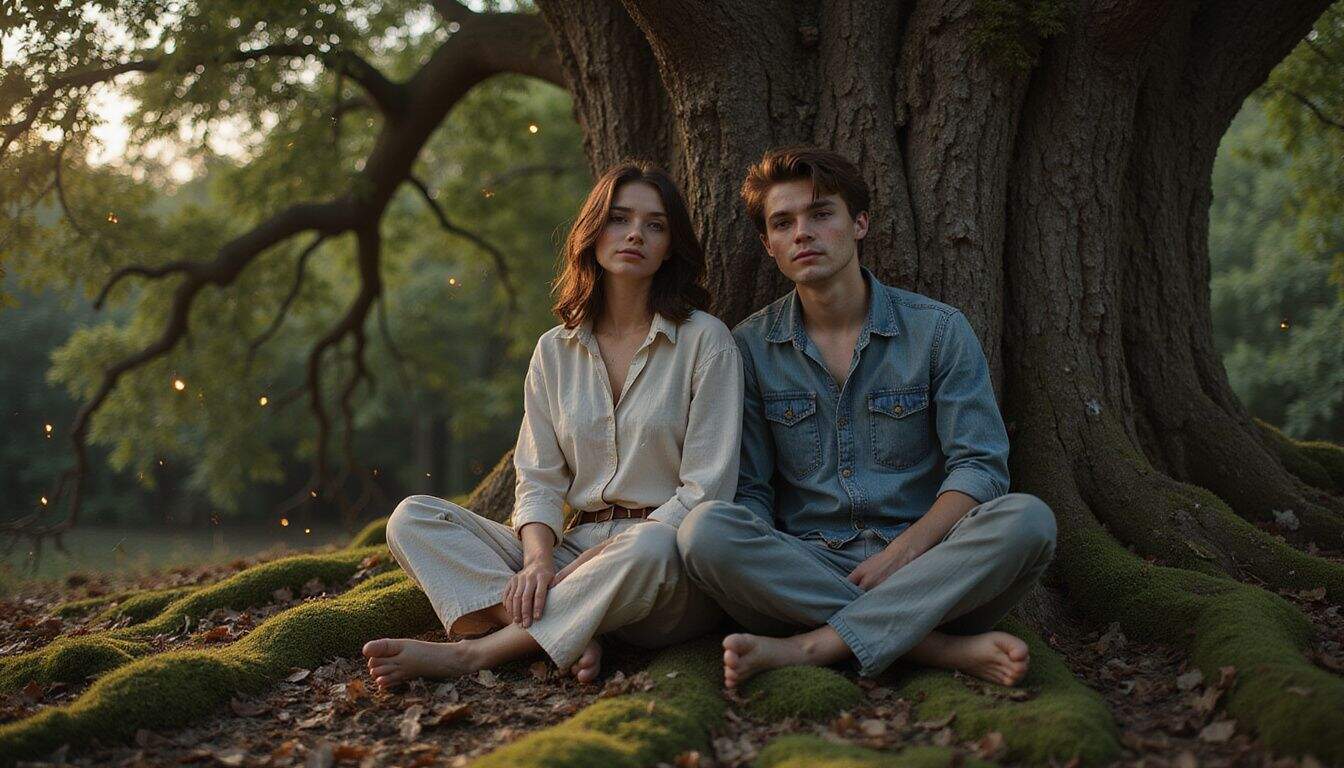
Romantasy mixes magic with heart-fluttering romance to create stories that sweep readers into other worlds. This popular genre gives readers both the thrill of fantasy adventures and the emotional rush of falling in love alongside the characters.
The blend of fantasy and romance
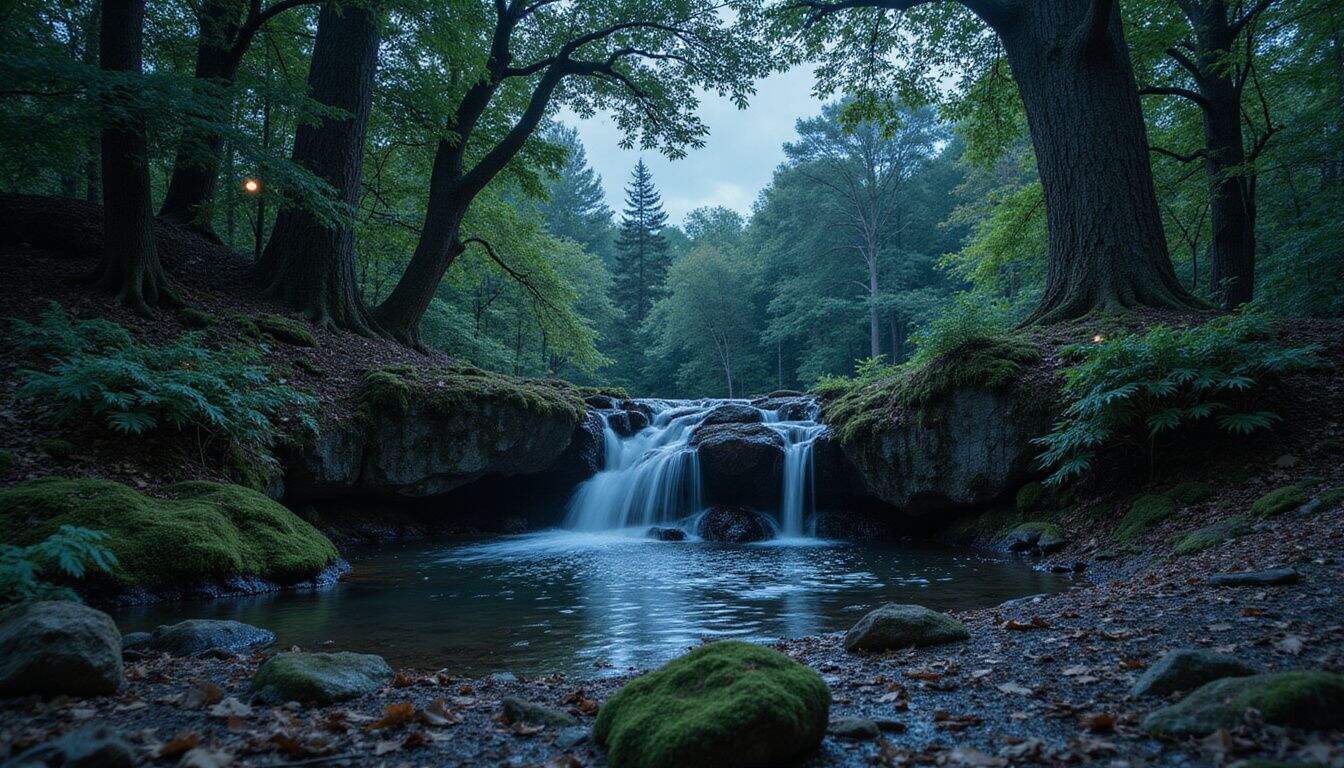
Romantasy blends magic with romance in exciting ways. This genre lifts love stories from everyday settings and places them into worlds filled with dragons, elves, and strong magical forces.
Popular books like “Fourth Wing” by Rebecca Yarros and novels by Sarah J. Maas highlight love growing amid battles against dark forces. Knights fight bravely, sorcerers cast spells, and mythical beings appear—all while deep romantic bonds push the plot ahead.
Fantasy romance lets readers escape into stories beyond typical romantic plots. These stories allow writers to explore unique romantic dynamics—like an immortal loving a mortal or two magical kingdoms locked in conflict.
True romantasy doesn’t just add magic to love; it shows how love itself is the most powerful magic of all.
The magical setting also opens doors for creative sex roleplay ideas and romantic plotlines, far more imaginative than standard fiction usually offers.
It’s no wonder this genre keeps winning over more readers year after year.
Key characteristics of the genre
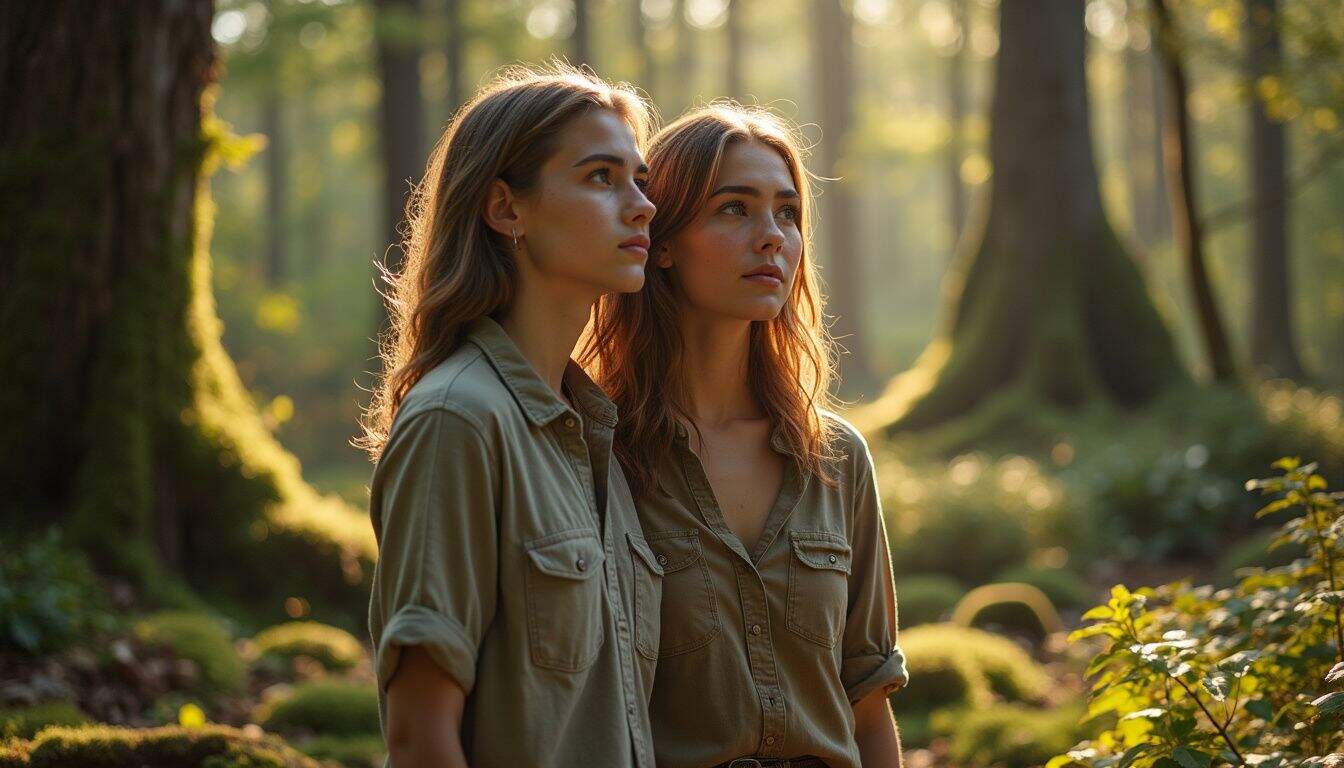
Romantasy blends deep romance with exciting magical worlds. These stories put strong love plots at the center and force characters to choose between their hearts and their duties. Magic isn’t just a setting—it’s essential to how couples meet, bond, and struggle.
Popular authors like Sarah J. Maas create novels that perfectly mix thrilling romance with captivating fantasy adventure. Great romantasy novels grab readers through emotional struggles and amazing, magical settings.
Characters grow as they fight magical dangers and wrestle with powerful feelings. Readers love romantasy because it offers a fun escape and the excitement of love building under tough conditions.
Common fantasy features include elves, brave knights, and magical abilities—but romance always stays the main focus. Unlike typical fantasy or pure romance books, romantasy places equal importance on love stories and fantasy worlds.
Mixing romantic tension and detailed fantasy elements produces a special experience that keeps attracting new fans.
Why Romantasy is Trending
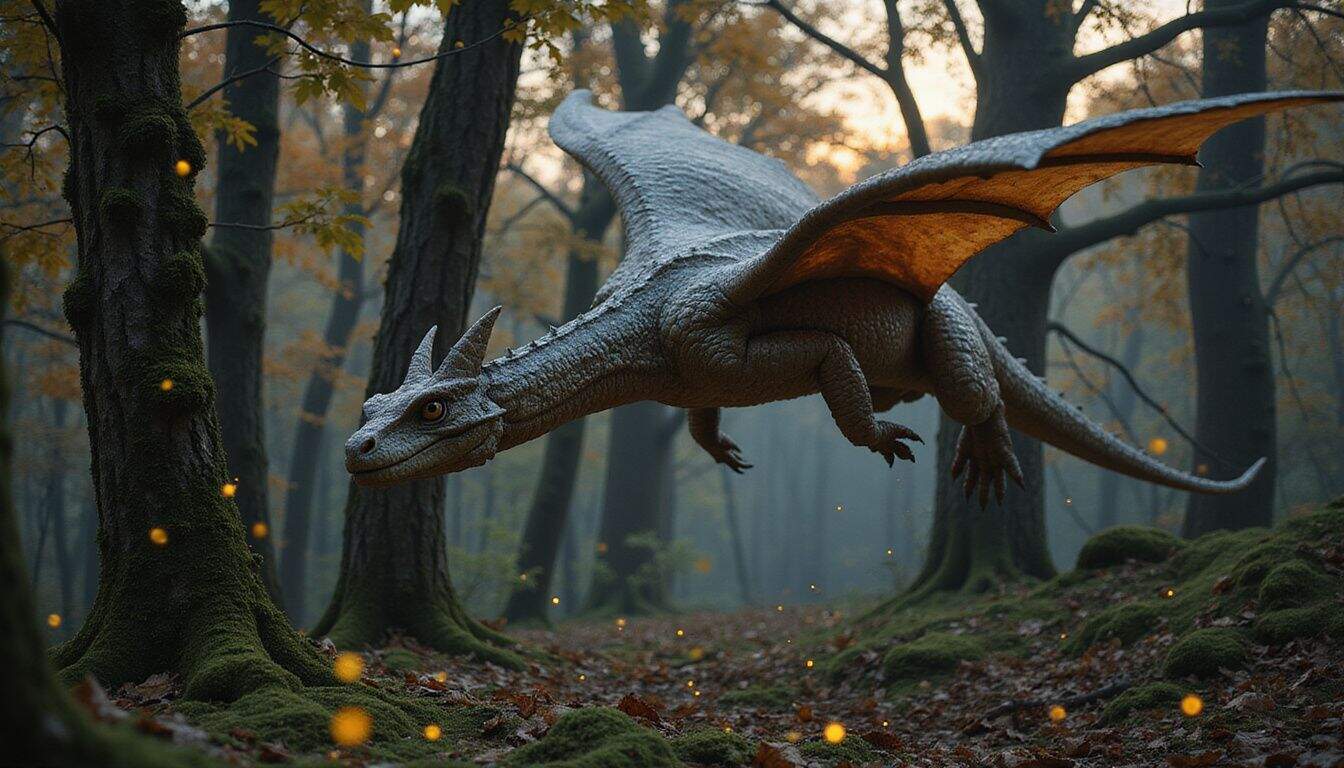
Romantasy has exploded across BookTok and Instagram, creating a frenzy for magical love stories that blend dragons with desire. Readers crave escape into worlds where romance blooms amid enchanted forests and ancient spells, driving publishers to release more titles that satisfy this hunger for both heart-pounding love and sword-wielding adventure.
Popularity in 2023–2024

Romantasy novels surged in popularity from 2023 to 2024. During that time, science fiction and fantasy sales soared by 41.3%. Readers eagerly sought tales blending magic, fantasy, and romance.
Platforms like TikTok and Instagram boosted many romantasy books into overnight hits—thanks to trending suggestions and excited followers sharing their favorites.
Fiction book sales in the UK rose by 6.2% in 2024, while romance titles alone climbed by 9.8%. Authors such as Sarah J. Maas dominated bestseller charts for months. Romantasy stories featuring adult themes surged ahead even faster, driving erotic fiction sales upward by 18.1% in 2024.
Fantasy is where the heart finds its magic, and romance is where magic finds its heart.
At my local bookstore, I saw a clear example of this rapid rise—the romantasy section quickly expanded from one shelf to an entire dedicated area within a single year.
Impact of digital platforms and social media

Digital platforms have forever transformed the fantasy romance scene. At the heart of this shift stands TikTok’s BookTok community, launching unknown authors into instant fame. Books highlighted on BookTok often enjoy sales boosts of 500 to 800%, turning fresh voices into rising stars of fantasy romance.
Authors like Sarah J. Maas build huge followings through viral clips and enthusiastic reader reviews.
Social media now offers welcoming places for book lovers to celebrate classics like “The Lord of the Rings”, along with today’s popular fantasy romance titles. I’ve seen readers form tight-knit communities around beloved magical worlds and favorite couples.
Fan-made art, lively reading vlogs, and spirited discussions about favorite tropes fill these digital spaces. Micro-niches in fantasy romance rise quickly, helping readers discover exactly the stories they crave—like dark fantasy romance tales, or adventures featuring elves and forbidden relationships.
Common Tropes in Romantasy
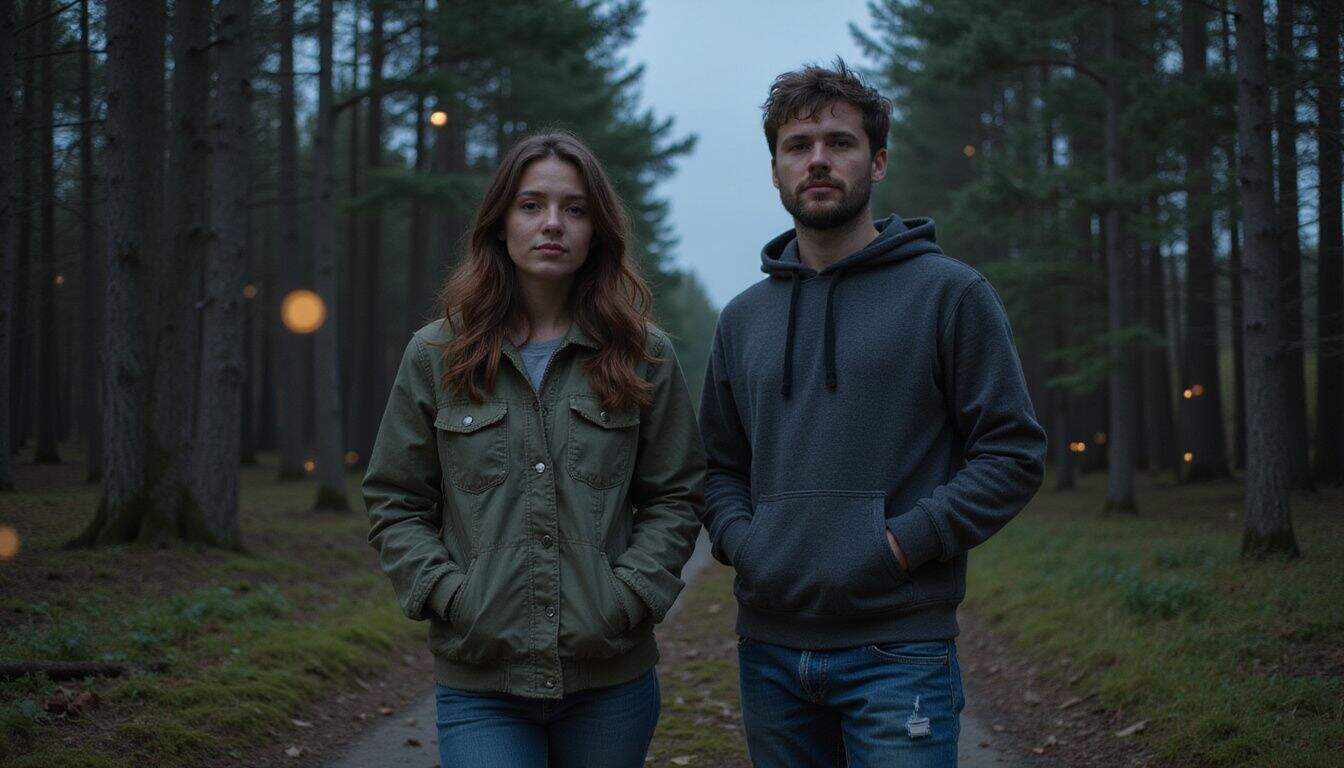
Romantasy thrives on familiar patterns that readers can’t get enough of. These story elements create the perfect mix of magic and love that keeps fans turning pages.
Opposites attract
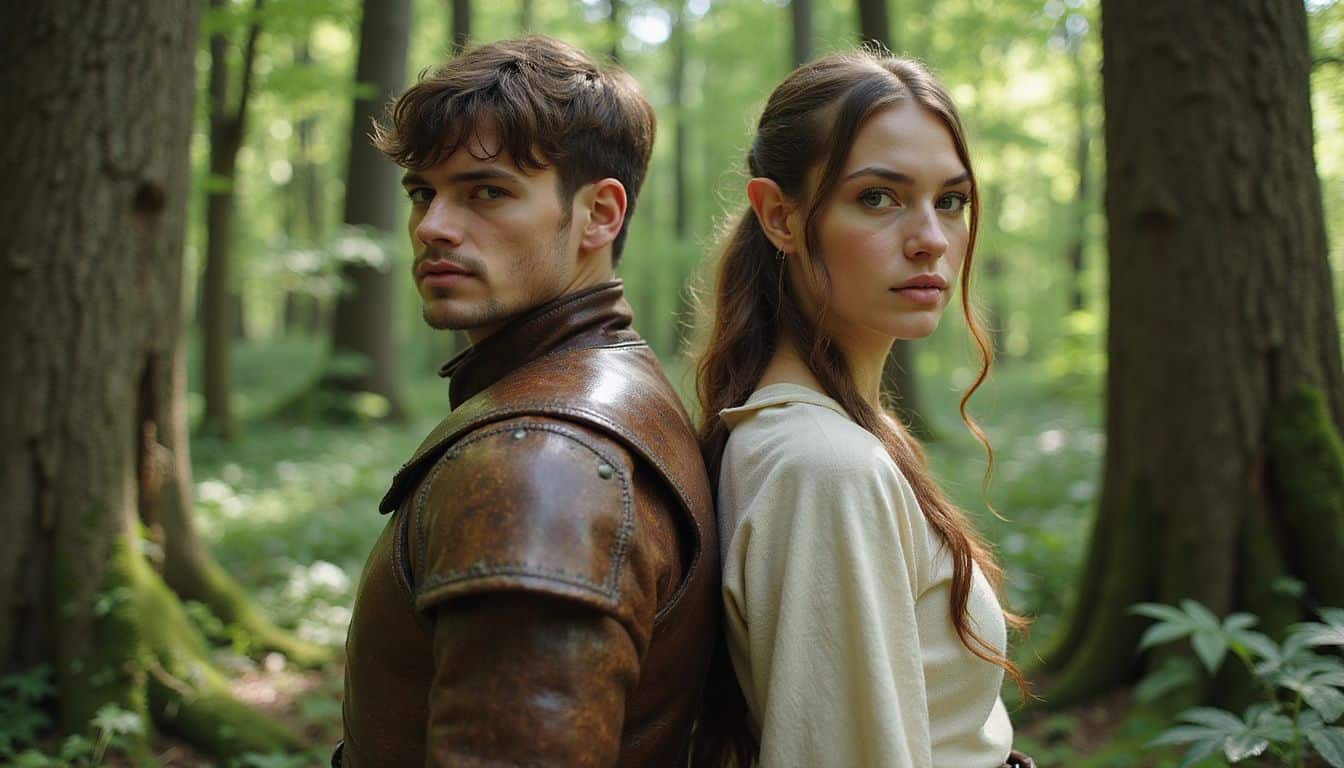
The “opposites attract” theme pairs characters with very different personalities, creating tension readers love in fantasy romance stories. At first, each character sees the other in simple terms—stubborn knight, tricky rogue, uptight royal—but those views become deeper and more nuanced over time.
Season 2 of “Bridgerton”, for instance, shows how initial annoyance slowly shifts into real affection. Readers enjoy this because characters must move past quick judgments to discover unseen qualities beneath.
Conflicting viewpoints heighten the drama too, like elves who distrust humans, or honest knights butting heads with sly thieves. Sarah J. Maas and Jacqueline Carey often use these sharp personality contrasts, drawing readers into the steady shift from irritation to attraction.
Fantasy worlds amplify this natural conflict—magic races, rival kingdoms, and clashing cultures push characters onto difficult paths toward love. Next up, the “forbidden love” trope ramps up the romantic drama even higher.
Forbidden love
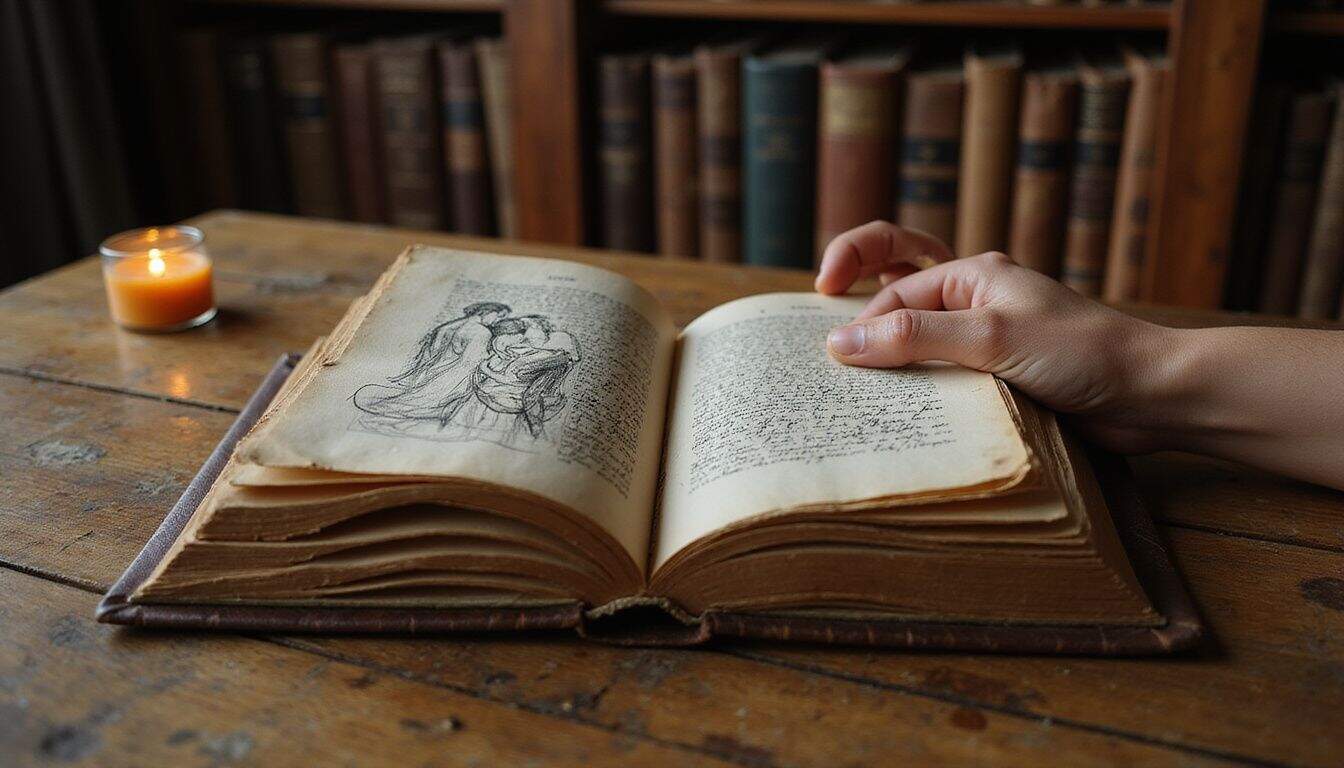
Opposites-attract stories usually center around clashing personalities—but forbidden love pushes romance into even more exciting territory. This popular romantasy trope creates intense tension between characters who face tough barriers to their love.
In magical fantasy settings, these barriers could be rival kingdoms, conflicting magical races, or ancient curses. Famous authors like Sarah J. Maas and Stephenie Meyer often rely on this trope, using it to raise emotional stakes and hold readers’ attention.
Forbidden love pushes characters into tough choices, forcing them to decide what’s truly important. A princess might secretly love an enemy knight, despite political tensions. An elf could quietly fall for a human, defying strict social rules.
These relationships often break taboos of magical fantasy societies, echoing real-world examples such as similar to wifelovers in certain cultures.
Mixing fantasy with romance creates exciting stories, where characters battle outside threats and social pressures, all to earn their happily ever after.
Chosen one narratives
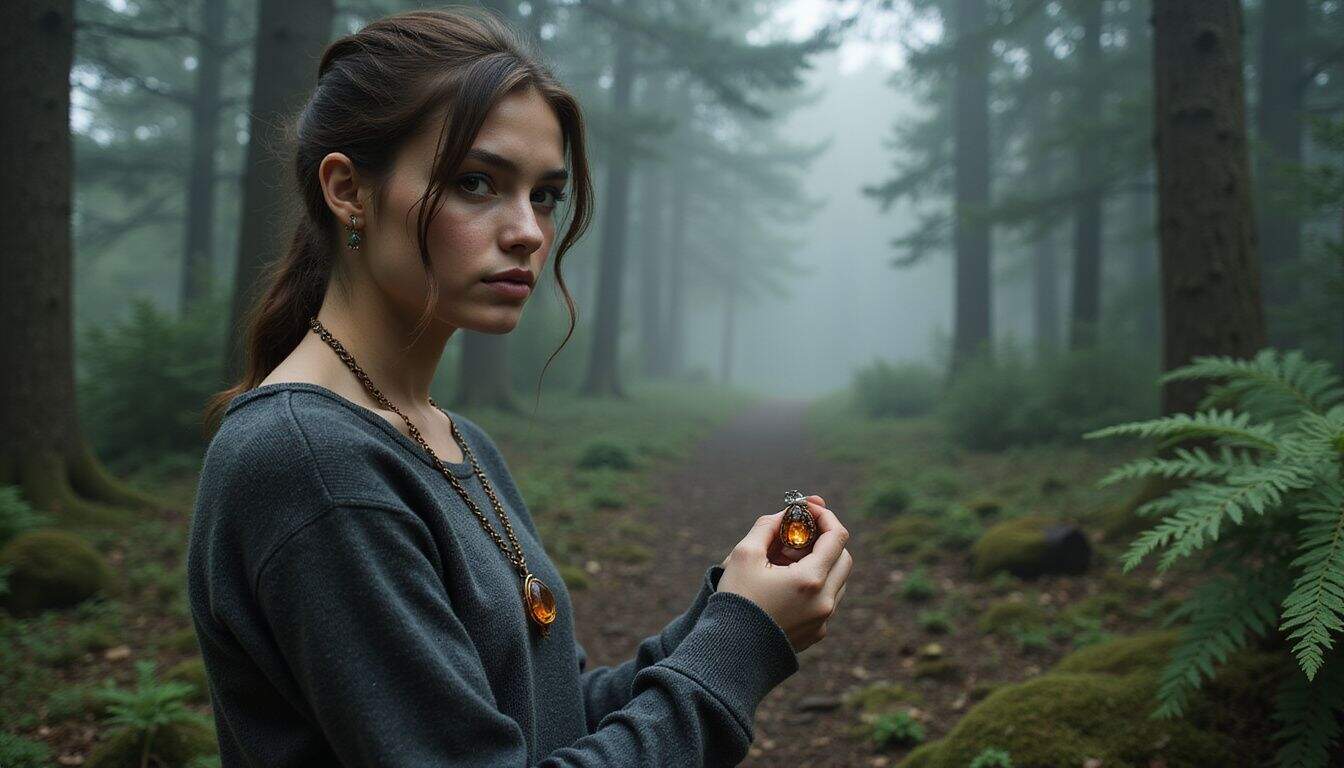
Forbidden romance adds exciting tension to a story, but the chosen one trope kicks romantasy up another notch. This well-loved storytelling device places a single character at the core of a prophecy or unique destiny, even as they fall deeply in love.
That blend creates the perfect emotional storm—the hero or heroine caught between saving the day and following their heart’s desire.
The most compelling chosen ones aren’t just fighting for the world – they’re fighting for love.
Readers latch onto this kind of story because it mixes personal emotions with epic adventure. Hard choices between romance and responsibility deepen the ethical questions they face, making the narrative richer and more gripping.
Sarah J. Maas skillfully employs this trope in her novels, revealing how a character’s unique destiny influences their romantic connections. Prophecies, magical powers, and fantasy elements naturally complicate romantic plots, keeping readers glued to the pages with every unexpected turn.
Notable Romantasy Works
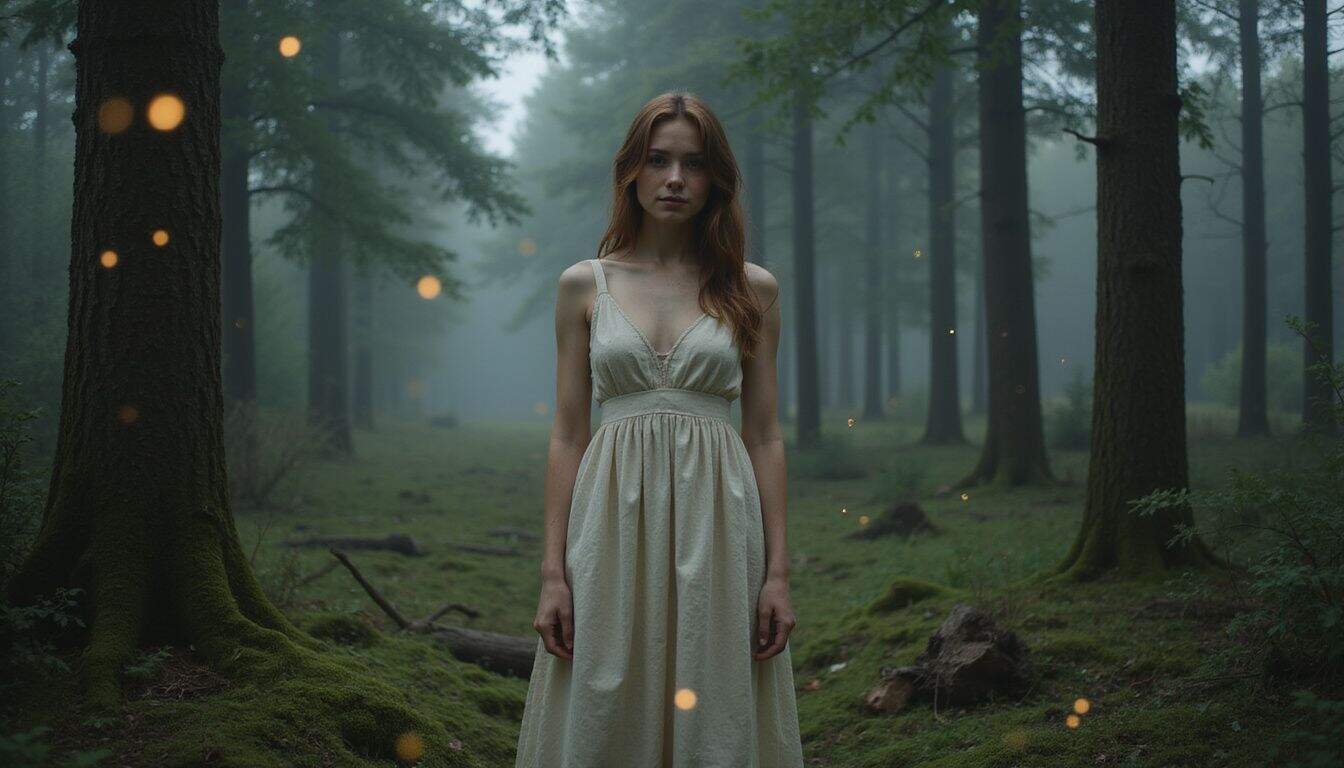
The romantasy genre has exploded with breakout hits that capture readers’ hearts and imaginations. From Sarah J. Maas’s sweeping sagas to the gothic elements in works like “The Princess Bride,” these stories blend magical worlds with deep romantic connections.
Bestselling books and authors
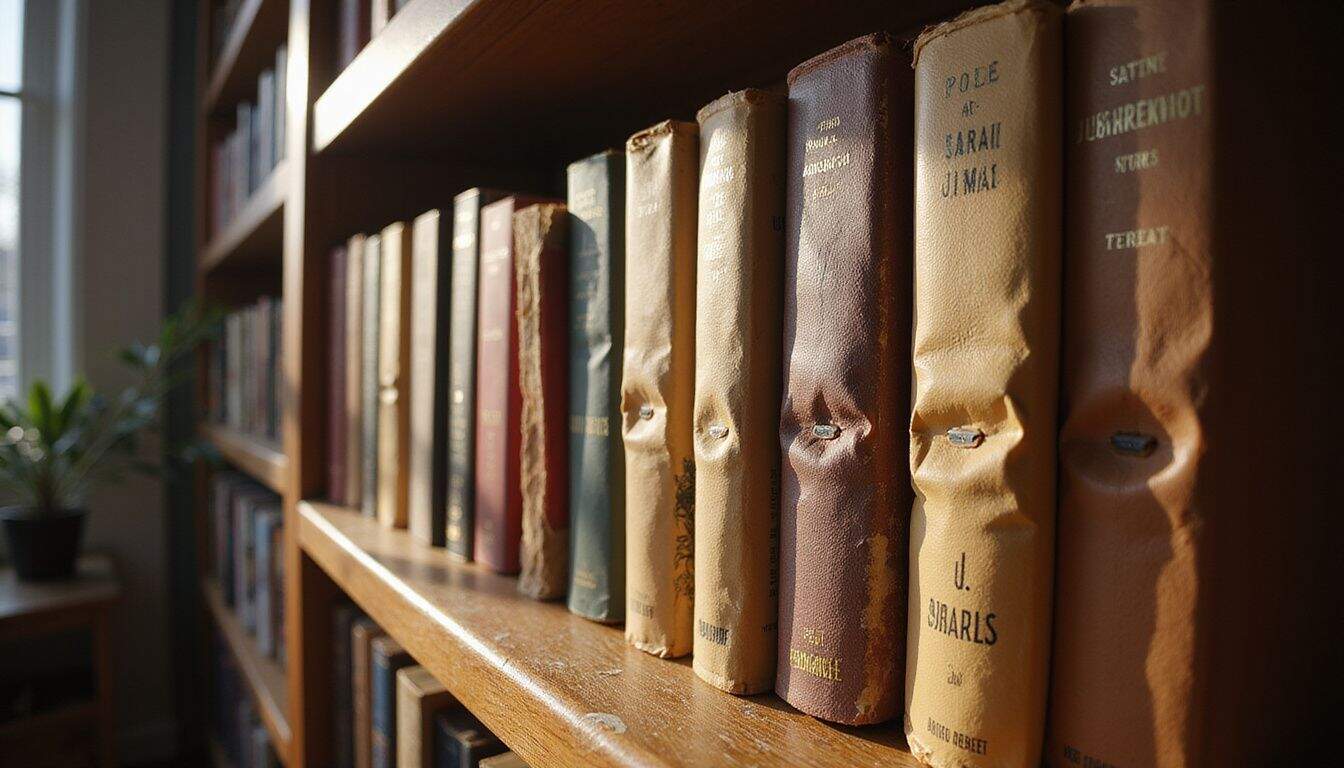
Romantasy novels have exploded in popularity recently, captivating millions with their blend of fantasy and romance. Check out these bestselling titles and authors who’ve defined this magical genre:
- Sarah J. Maas rules the romantasy scene—her “A Court of Thorns and Roses” series sold more than 40 million copies globally as of February 2024.
- Since its release in 2015, “ACOTAR” quickly became a Young Adult bestseller by combining alluring romance and vivid fantasy settings.
- Rebecca Yarros broke records with “Onyx Storm“, which, according to The New York Times, soared to become the fastest-selling adult novel in two decades by January 2025.
- Jennifer L. Armentrout gained huge popularity thanks to her “Blood and Ash” collection—filled with intriguing love stories set in detailed fantasy worlds.
- Stephanie Garber charms readers through her “Once Upon a Broken Heart” series, blending magical locations smoothly into captivating romantic tales.
- Stephenie Meyer established a lasting romantasy legacy through her “Twilight” saga, drawing millions into supernatural love stories.
- Morally gray characters are often featured in dark romantasy novels—writers such as R.F. Kuang and Leigh Bardugo frequently highlight heroes who blur the line between good and evil.
- Spicy romantasy stories packed with mature, steamy scenes are gaining major traction online—especially on platforms like BookTok—helping authors boost book sales dramatically.
- Elf fantasy books, like J.R.R. Tolkien’s classic romance between Aragorn and Arwen, provided early inspiration for today’s romantasy genre.
- Gothic themes frequently pop up in romantasy bestsellers, creating moody, dramatic settings perfect for intense romantic storylines.
YA vs. adult romantasy

Young Adult and adult romantasy books share many elements but differ in key areas that matter to readers. I’ve noticed these differences become more pronounced as publishers target specific age groups.
| Element | YA Romantasy | Adult Romantasy |
|---|---|---|
| Age of Protagonists | Typically 14-18 years old | Usually 18+ years old, often in their 20s or 30s |
| Sexual Content | Less explicit, often “fade to black” scenes | More explicit, detailed intimate scenes |
| Themes | Coming of age, first love, identity discovery | Complex relationships, political intrigue, darker themes |
| Writing Style | More accessible language, faster pacing | Richer description, complex world-building |
| Popular Examples | Shadow and Bone, An Ember in the Ashes | A Court of Thorns and Roses, From Blood and Ash |
| Marketing | School libraries, teen sections | General fiction, fantasy sections |
| Series Length | Often trilogies or quartets | Can extend to longer series (5+ books) |
| Reader Crossover | Adults often read YA romantasy | Teens less likely to read adult romantasy |
The line between these categories gets blurrier each year, with many authors creating stories that appeal to both markets. Next, we’ll explore essential writing tips for creating your own romantasy stories that captivate readers.
Writing Tips for Romantasy Authors

Creating great romantasy means mastering both magic systems and steamy romance. Learn how to craft worlds where love and fantasy blend into stories readers can’t put down.
Balancing romance and fantasy elements
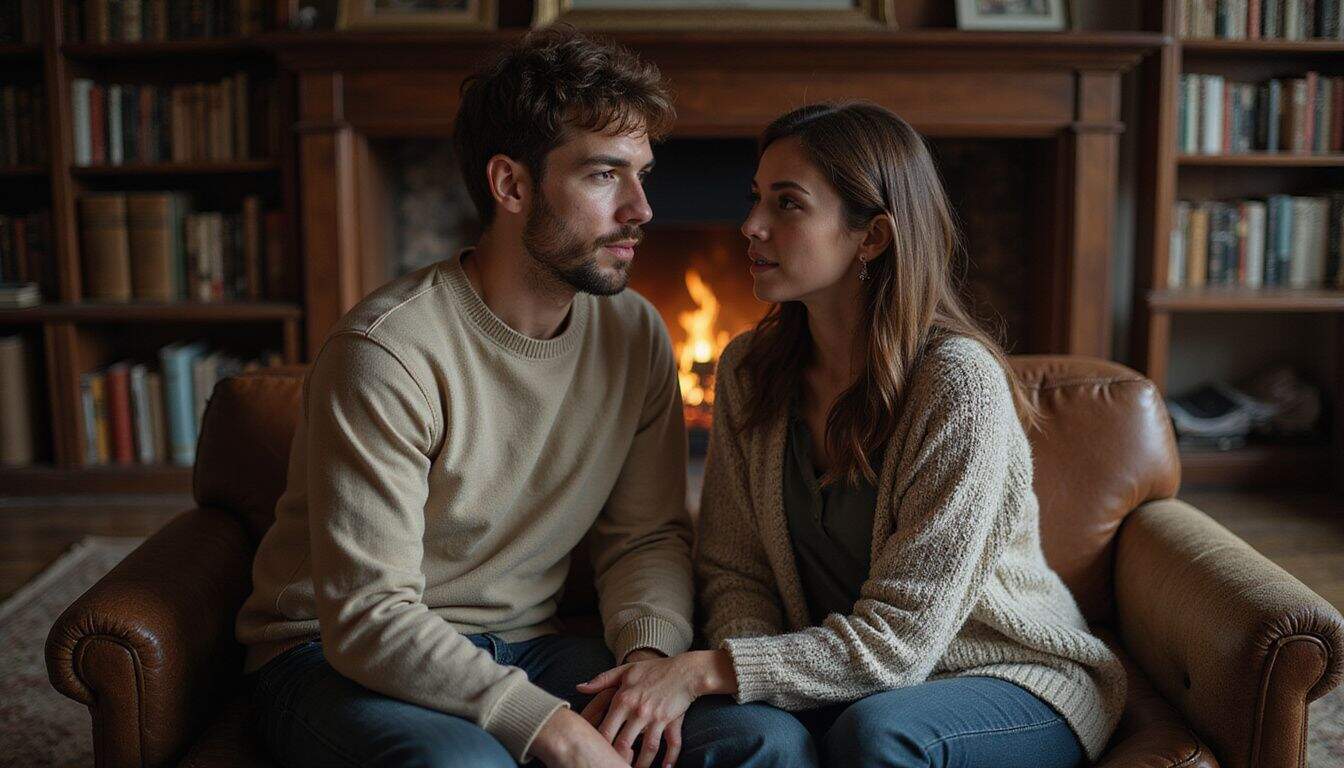
Great romantasy novels blend magical worlds with engaging love stories in just the right amounts. Fantasy elements should enrich your romance—not compete with it. I’ve noticed readers stay hooked if these two sides naturally support each other.
Magical powers can set up unexpected meetings or complicate relationships in exciting ways. For instance, Sarah J. Maas skillfully blends romantic tensions into fantasy-based struggles throughout her novels.
Striking a careful balance is essential, so neither side overpowers the other completely.
Your heroes must feel real, with layers in their magical and romantic lives alike. A tough elf warrior isn’t interesting only because she’s skilled with weapons; readers also want to see how she acts in love.
Fantasy worlds provide wonderful possibilities for memorable romantic moments—like quiet strolls through magical woods or attending glittering royal dances filled with enchanted creatures.
Good world-building methods give life to vivid settings, letting romance and magic equally shine. Top romantasy titles always let fantasy elements lift the love story, never distracting readers from it.
This is how authors keep readers engaged, eagerly turning pages for both the enchanting adventure and desired romantic outcome.
Crafting immersive fantasy worlds
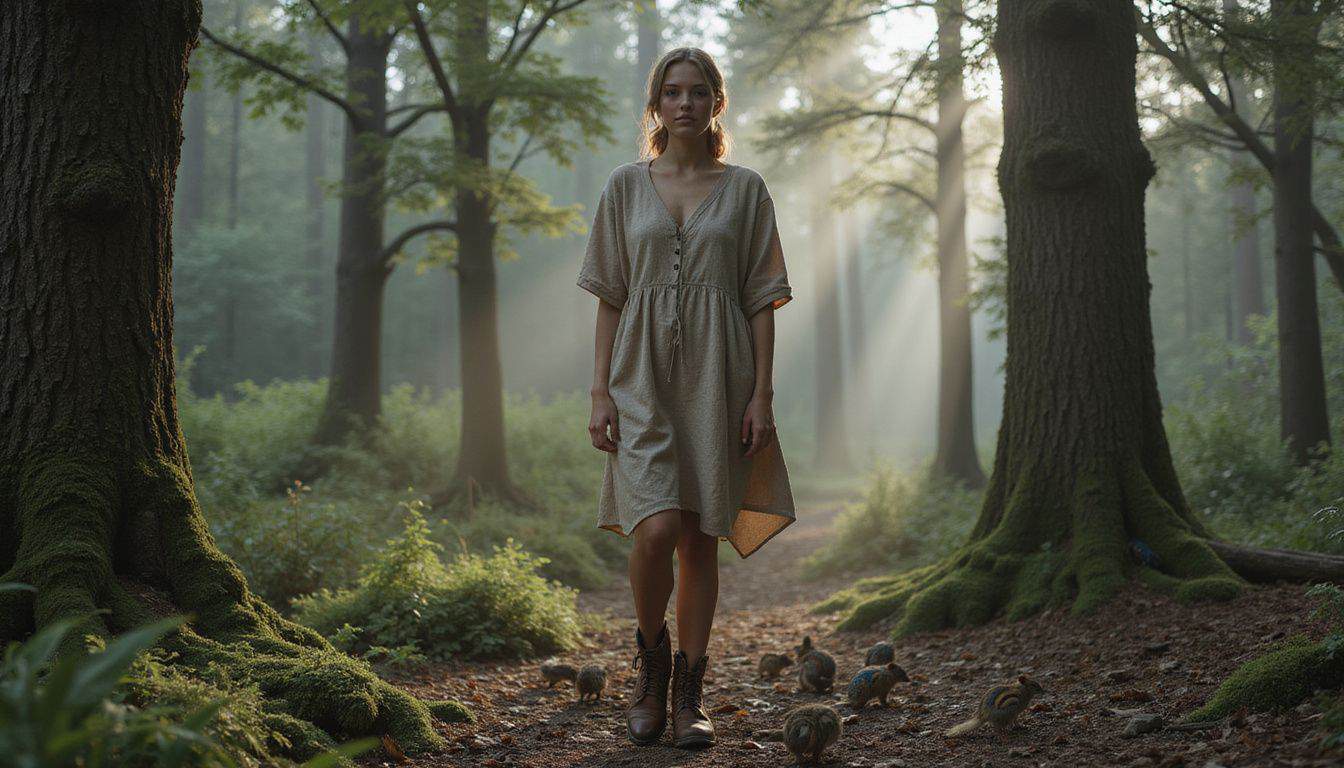
Balancing romance and fantasy takes some care, but your fantasy setting should also breathe life. Let your setting become its own character—alive, vivid, and breathing. I’ve noticed sensory details help readers feel truly immersed.
Explain smells, sounds, textures—not just appearances—in clear, vibrant ways. These sensory touches pull readers deeper into your romantic fantasy world.
Fantasy settings thrive with unique cultures and societies. Build distinct customs, traditions, beliefs, and social rules that shape characters’ relationships and interactions. This layer of depth enriches your romance and the world it inhabits.
Clearly defined magic systems—with specific rules and limitations—are essential as well. Invent interesting ecosystems filled with rare creatures and unusual plants that add magic, charm, and wonder.
Thoughtful details like these captivate readers, drawing Sarah J. Maas enthusiasts straight into your tales.
Developing compelling character relationships
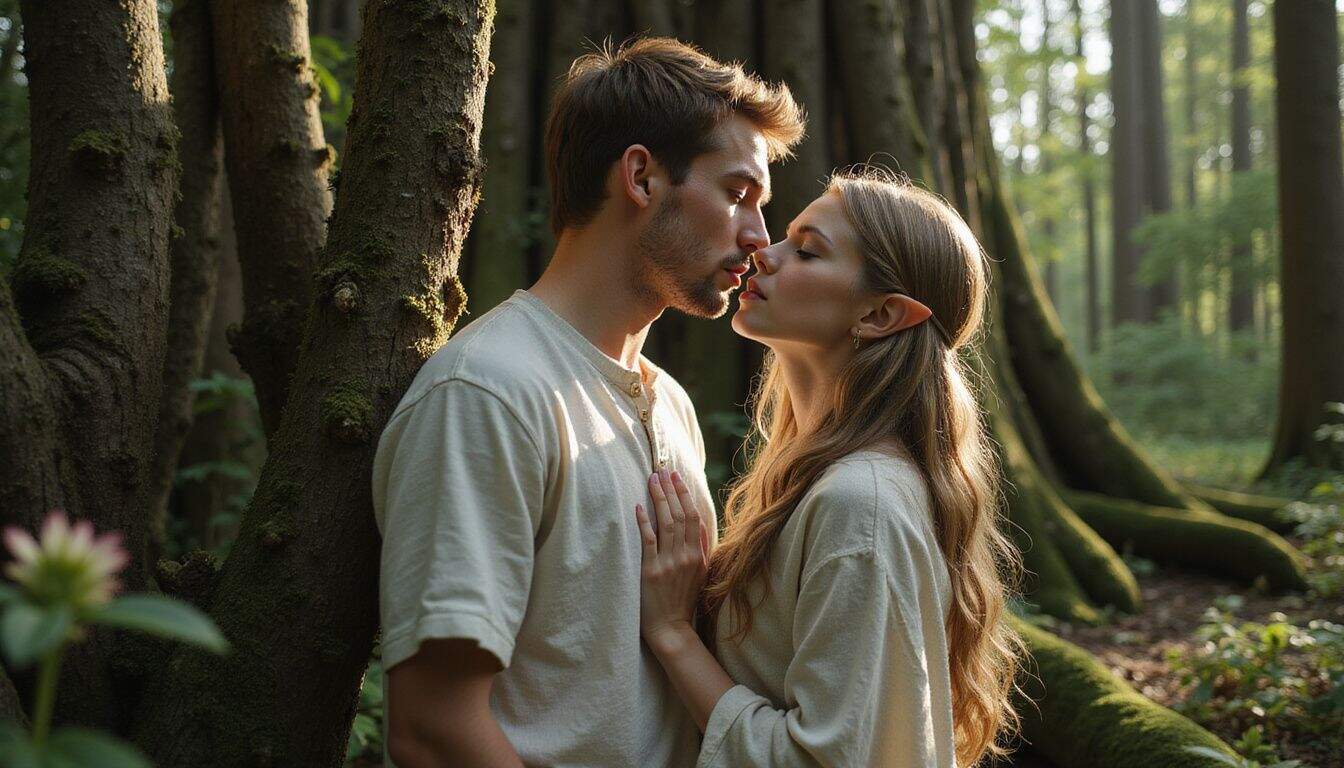
Characters hold romantasy stories together through deep bonds and real conflicts. Popular romantasy authors like Sarah J. Maas create relationships that feel authentic, even in magical worlds.
Your hero and love interest should each have clear goals, distinct flaws, and paths of growth that cross and connect at important moments. Fantasy elements should challenge their relationship, beyond serving as charming scenery.
Independent heroines truly stand out in romantasy stories—often discovering both love and self-confidence along their paths.
The found family trope adds real magic to romantasy novels. Friendships that grow into a chosen family add emotional layers, which readers deeply enjoy. Fantasy details like magical abilities or immortality can also create unique romantic hurdles.
Imagine an elf character’s lifespan causing friction with a human partner, or magical powers clashing to form a forbidden romance. These tough situations draw readers deeper into your hero’s journey, making them eager to reach that satisfying ending—and keep turning pages late into the night.
The Future of Romantasy
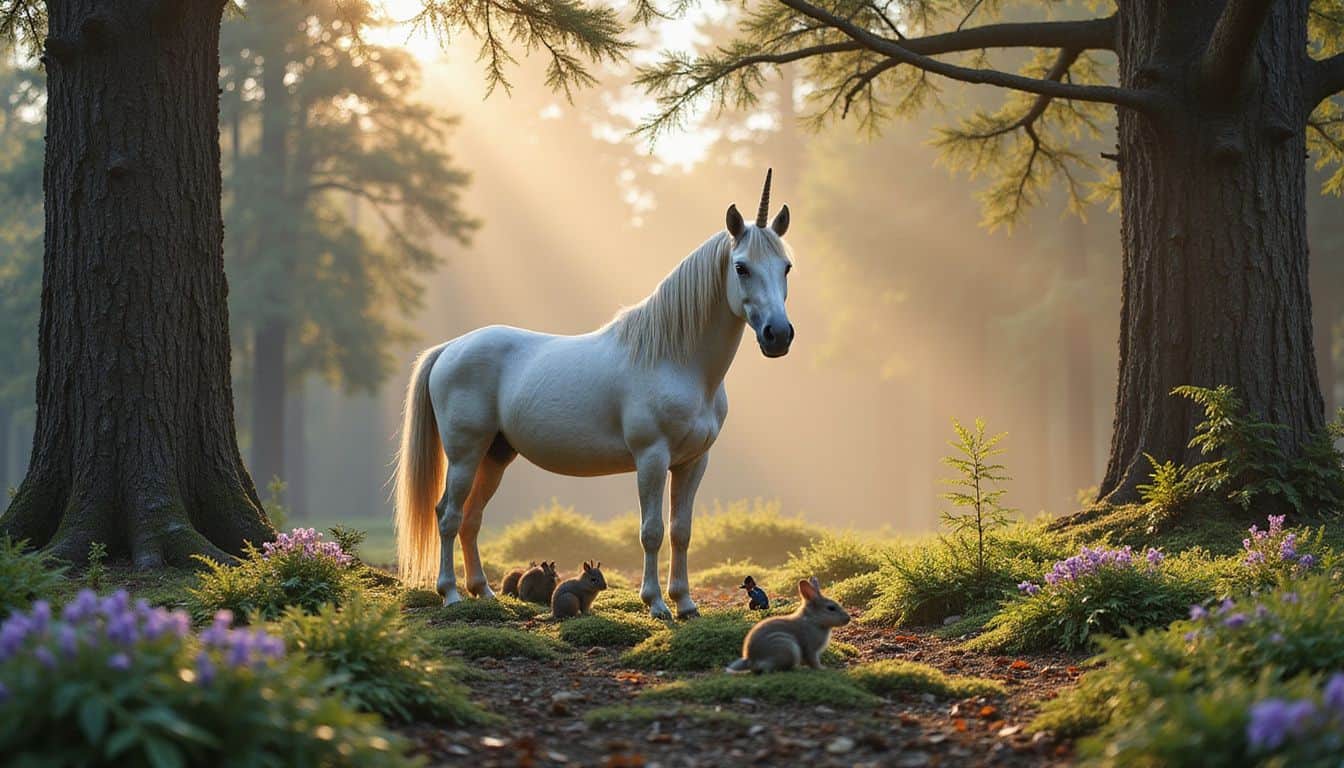
Romantasy will grow in bold new ways that mix ancient myths with modern themes, and readers can expect fresh takes on magical creatures, deeper world-building, and more diverse characters in 2025 – stay tuned to discover how these exciting changes will transform your reading experience!
Emerging trends in the genre
In 2025, romantasy fiction will embrace exciting new trends, blending rich fantasy settings with deeper romantic plots. Women authors are ahead of this trend, writing powerful heroines who face magical dangers—and fall passionately in love along the way.
Social media apps like TikTok and Instagram fuel this boom, as fans eagerly post their favorite spicy excerpts and unexpected plot turns. Major writers, including Sarah J. Maas, continue to shape romantasy fiction, creating novels filled with thrilling adventures, steamy romance, and vivid magical worlds.
Fresh romantasy sub-genres are emerging rapidly. These include eco-romantasy—which features nature-centered magic—and tech-romantasy, with romance unfolding amid futuristic technology.
Readers also want more diverse characters and settings beyond the usual medieval European backdrops. Now, elves, knights, and other magical creatures appear in stories inspired by African, Asian, and Latin American cultures.
LGBTQ+ romantasy is also seeing strong growth, highlighting inclusive love stories set in detailed fantasy universes.
How Will Romantasy Evolve in 2025?
Romantasy books are set for huge growth in 2025, continuing their strong upward trend from 2024. Platforms like BookTok will drive this momentum, causing featured titles to sell rapidly.
Popular authors, such as Sarah J. Maas, will likely continue writing series, creating rich worlds and engaging characters fans can follow for years. The genre itself will branch into more distinct subgenres, giving readers exactly the type of story they love.
For example, dark romantasy could explore tricky antiheroes and layered villains, while historical romantasy may blend magic into real historic periods and locations.
Fresh storylines will explore diverse fantasy worlds beyond the usual medieval landscapes like Gondor or Arnor. Readers can expect updated spins on classic fantasy elements alongside stronger romantic storylines.
The boundaries separating YA from adult romantasy will become less defined, as authors craft novels appealing to broader age groups. Books blending romance with supernatural elements—similar to shows like Buffy or stories by Charlaine Harris—will also attract a larger audience.
Fans will still crave satisfying, happy endings—but the journeys to reach them will become richer, winding through vivid fantasy settings filled with knights whose bravery and charm are matched by relatable flaws and imperfections.
People Also Ask
What exactly is romantasy and why is it becoming popular?
Romantasy is a fantasy subgenre blending romantic themes with magical fiction. Readers love it for mixing classic magical elements—elves, dragons, knights—with heartfelt romance. Popular authors like Sarah J. Maas and TJ Klune have pushed this style into mainstream reading circles, helping its popularity grow.
Which romantasy tropes do readers usually enjoy?
Fans often enjoy forbidden romance between magical races, enemies-to-lovers stories, and magical soul bonds linking main characters. Readers also like strong female leads who fall for complex magical beings—think elves, dark wizards, or mysterious types similar to Elrond or Sauron from classic lore.
Do spicy romantasy novels differ from typical romance stories?
Yes, spicy romantasy novels include adult scenes set within magical worlds. They have more explicit romantic content compared to regular romance novels, keeping fantasy elements like supernatural beings. A popular example that hit mainstream TV is True Blood, blending steamy romance with fantasy creatures like vampires.
What sets dark romantasy apart from other romantasy styles?
Dark romantasy explores deeper themes and morally complicated characters, often presenting dangerous love interests. These stories contain higher stakes, darker twists, more violence, and richer world-building than lighter versions of romantasy. Fans who prefer emotional tension along with thrilling fantasy adventures especially enjoy this subgenre.
Can we expect increased romantasy movie releases in 2025?
Given the growing interest in fantasy romances, movie studios have started looking closely at popular romantasy books to adapt into films. Improved special effects, combined with strong viewer interest in fantasy and romance genres, could lead to multiple romantasy movies hitting theaters in 2025.
References
https://blog.reedsy.com/what-is-romantasy/
https://www.colorado.edu/today/2025/02/10/what-romantasy-and-why-cant-readers-get-enough (2025-02-10)
https://selfpublishing.com/what-is-romantasy/
https://vocal.media/filthy/the-rise-of-romantasy-how-fantasy-romance-is-dominating-fiction-in-2025
https://www.theromancegenrespecialist.com/post/writing-the-opposites-attract-romance-trope (2023-11-15)
https://horrortree.com/what-is-romantasy/ (2025-04-15)
https://blog.worldanvil.com/writing-advice/romantasy-a-guide-for-writers-gms/ (2023-11-27)
https://www.ingramspark.com/blog/world-building-for-romantasy
https://mythcreants.com/blog/six-tips-to-make-your-fantasy-setting-more-immersive/ (2018-02-17)
